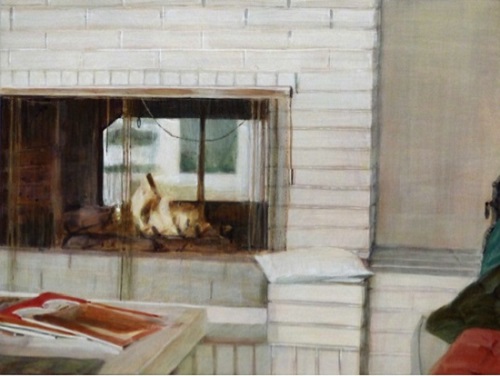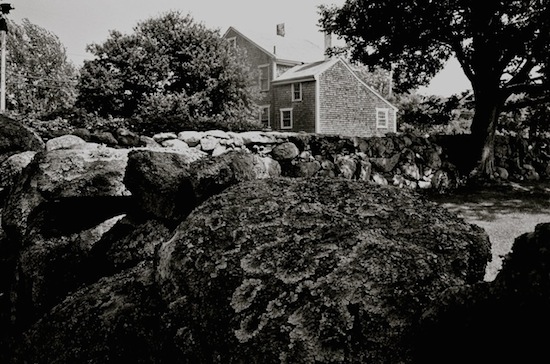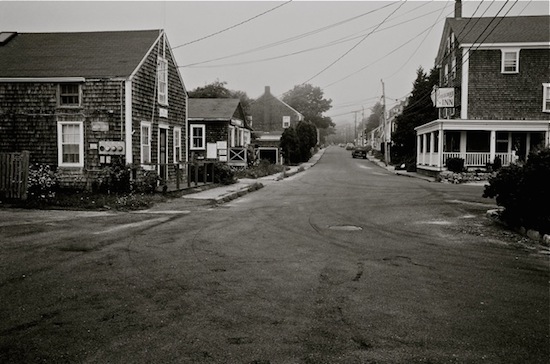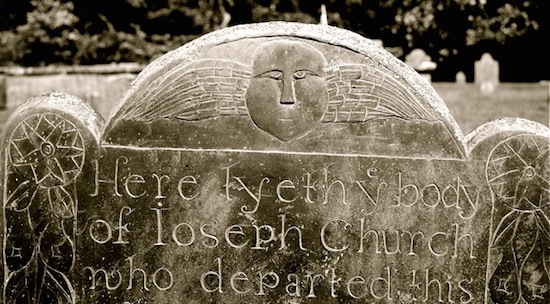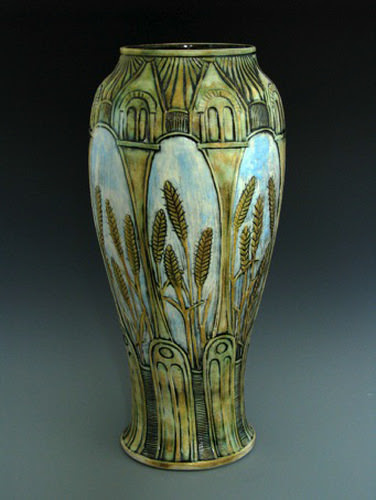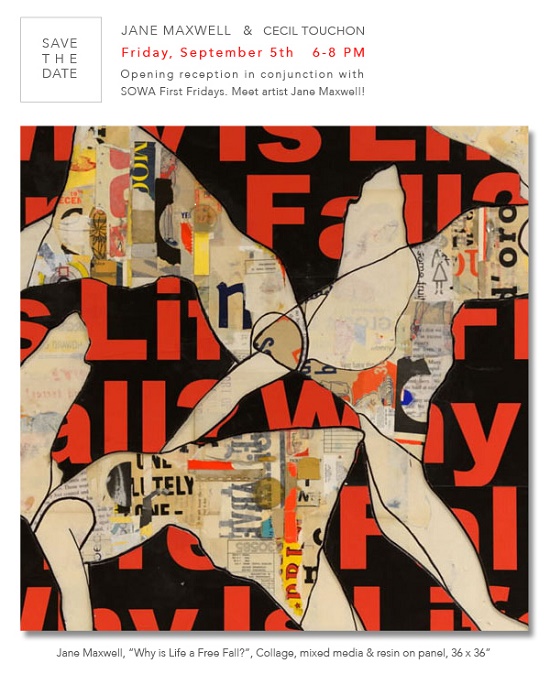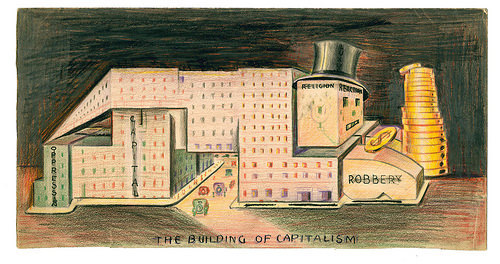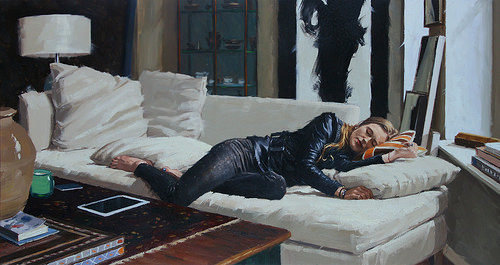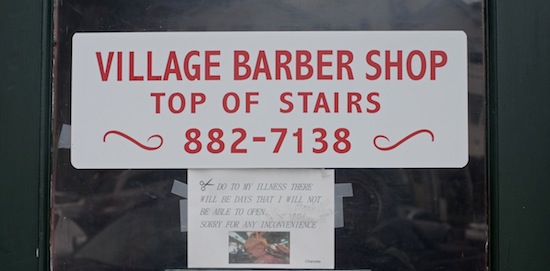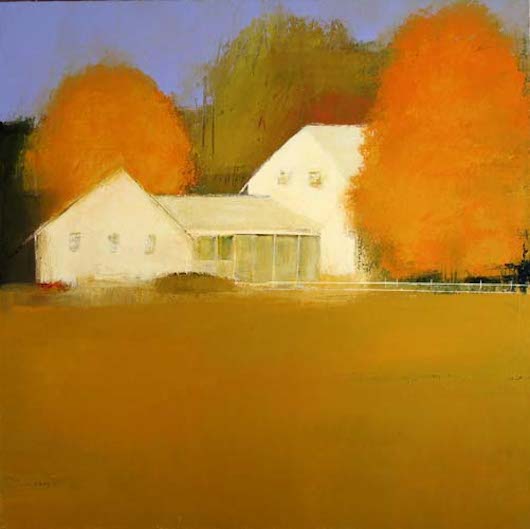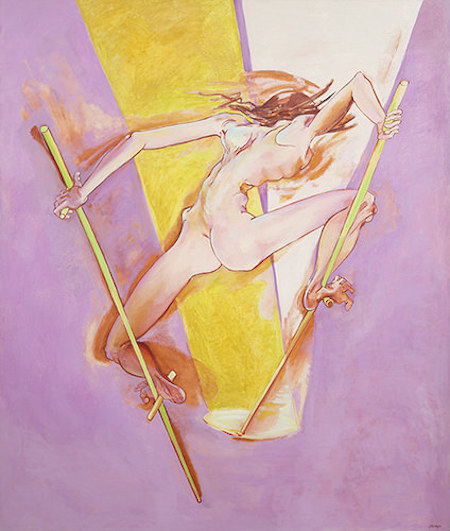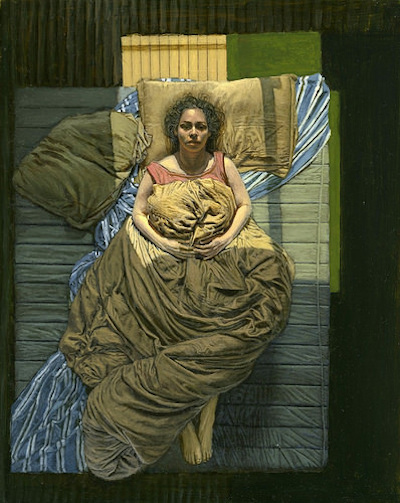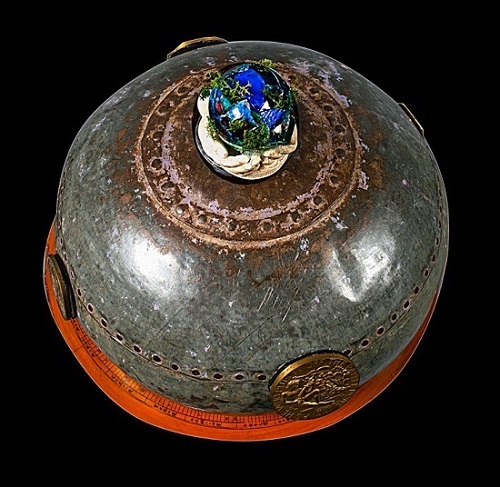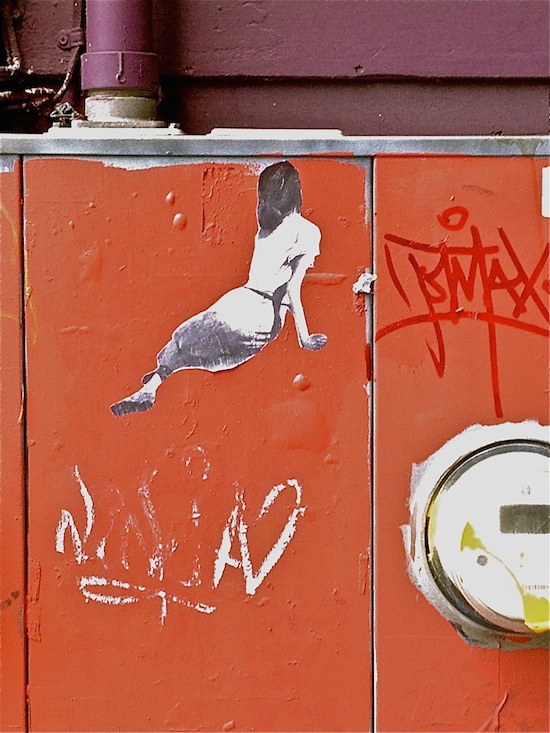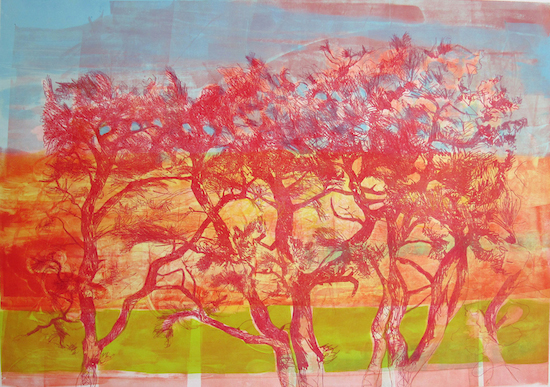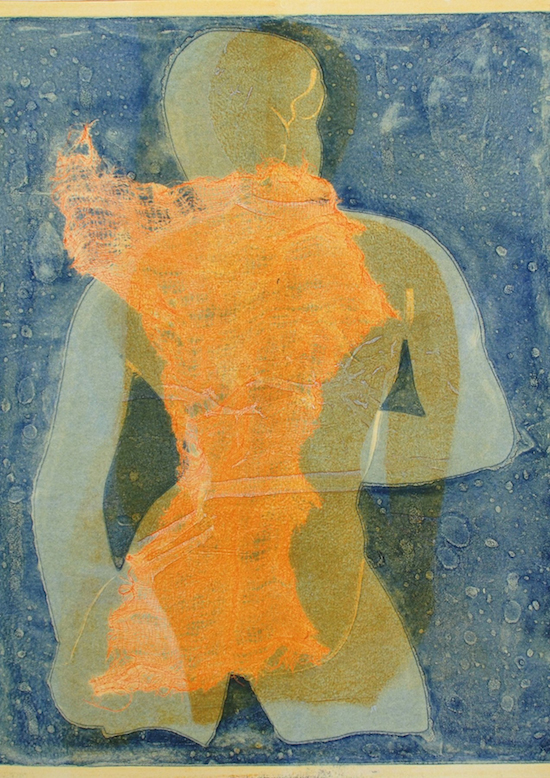
William Morgan: The Quaker Coast
Photos (below) and commentary by WILLIAM MORGAN
It has been almost a decade since I published a book of photographs on the Cape Cod cottage. Since, then, I have been looking for another suitable topic.
My (more successful) photographer friends tell me no one is underwriting black and white photos taken with film. And my favorite publisher nixed the idea for a photographic study of what I call the Quaker Coast (the towns of Dartmouth and Westport in Massachusetts, and Little Compton, just over the border in Rhode Island), declaring that there would be no market for such a book.
Yet there is something special – and not yet ruined – about those three towns. Fishing and agriculture still survive, if not actually thrive, there. And the mostly unspoiled landscape and the prevalence of a plain vernacular architecture, mostly wrapped in cedar shingles.
In lieu of the fantasy book, I offer the readers of New England Diary three images from the book proposal.
Addendum: Much of Cape Cod, Martha's Vineyard and Nantucket were also Quaker. I went to a few family memorial services in the Quaker meeting house in West Falmouth, on the Cape.
Many whalers were of Quaker background -- but that didn't make them gentle at all. Rather, many were tough and rapacious. Many became very successful capitalists whose investments spanned the world.
-- Robert Whitcomb
Architecture in porcelain
"Grain and Flour Exchange,'' by STEPHANIE YOUNG, in the show "City Works: Boston Architecture in Porcelain,'' Sept. 5-Oct. 5, at Vessels Gallery, Boston.
Ms. Young had the clever idea of creating vessels with the facades of Boston landmarks, from Commonwealth Avenue brownstones to the Longfellow Bridge.
The gallery says that "all works in the exhibition are labeled with the building, block or street that inspired the creation, and many have slip glazes, which include silt deposits from the Charles River.''
A factory worker's art
Work by ABRAHAM ISAAC GOLDBERG, at the Chandler Gallery, Cambridge, Mass., in his show "From My Father's Hand: The Art of Abraham Isaac Goldberg,'' through Sept. 12.
Mr, Goldberg was a factory worker and immigrant from Lithuania (in 1929) who managed to create hundreds of sketches, drawings and paintings. He has a mordant view of capitalism.
The gallery's notes say:
''Many of Goldberg’s sketches reflect his perspective on social and political events during the Great Depression and World War II. {His son} Haim Goldberg loves the drawings he describes as 'the class-conscious, evil capitalist things with a big belly and a fistful of dollars.' One caricature of Stalin and Hitler depicts them as birds with human faces, kissing, each with a blade tucked under his wing while swastikas and hammer-and-sickles light up the sky behind them like fireworks. He also used his drawings to respond to personal crises. In 1950, Goldberg was hospitalized after a heart attack, and he filled a sketchbook with pictures both amusing and disturbing of the doctors and nurses who treated him.''
That Mr. Goldberg arrived from Lithuania in 1929, as the Depression was getting going, could not have helped his view of capitalism. Still, that American had political freedom and capitalism was a major reason he could come here and be able to make a living.
A (somewhat regulated) capitalism is, as they say, the worst economic system except for all others.
As for the "robbery'' part of the train above, one thinks of Balzac's amusing but extreme line that ''behind every great fortune is a great crime.''
At least the barber is still there, often
|
|
|||
Dining vs. digital delirium
"Sam and Don'' (digital print), by PAUL WEINER, at Brickbottom Gallery, in Somerville, Mass., in the show "Anxiety and Relief in the 21st Century,'' Sept. 7-Oct. 18.
The gallery asks how we can turn anxiety into relief in our far-too-fast, churning, Internet-driven world. We suppose having an unrushed dinner with the lights turned down helps. So, the gallery argues, does making art.
Autumnal August morning
"Walking'' (oil on linen), by JUANITA McNEELY, in her show "Indomitable Spirit,'' at the Kzniznick Gallery, in Waltham, Mass., through Oct. 8.
April 16, 2014
Beautiful early-hours/late-summer morning today as I drove down Blackstone Boulevard in Providence. Lots of walkers. Some runners. Patches of color already appearing in the leaves of some trees. Some have already fallen and are turning crinkly on the ground. That and the soft light through the high clouds give more of a sense of Indian summer than real summer.
We bring our mood (in this case autumnal) to nature and nature reinforces it.
Sadly, none of the exercisers this morning included the lady in the picture above.
Out to dry
Work by AARON T STEPHAN (no period after "T'') in his show "To Borrow, Cut, Copy, and Steal'', at the Portland Museum of Art, Sept. 6 to Feb. 8.
The museum says he'll present "four sculptural installations and a small selection of works on paper that convey his wit and his cheeky dialogue with the conventions and procedures of the art world.''
Art appreciation on Federal Hill
Commentary and photograph by WILLIAM MORGAN
Christina Olson, the cripple depicted in Andrew's Wyeth's 1948 painting "Christina's World, '' has moved beyond the iconic, even beyond kitsch, to the commonplace – as ubiquitous as the "Mona Lisa ''or "Whistler's Mother''.
Still, her appearance as a bit of graffiti on a utility meter box is a bit jarring. A purple house with orange highlights in Luongo Memorial Square , in the Federal Hill section of Providence, suggests that the neighborhood is having a renaissance. Or at least educated people who will get the reference are moving in.
Resinous reverie
"Cape Pines'' (print) by ANN GUILIANI, in the show "Printmaking: the Image Conceived and Transformed,'' at the South Shore Art Center, Cohasset, Mass., Sept. 12 through Oct. 19 in the show "Printmaking: the Image Conceived and Transformed,'' at the South Shore Art Center, Cohasset, Mass., Sept. 12 through Oct. 19.
The smell of the pines as one drove south from Boston and into Plymouth on the approach to the Cape on little, two-way Route 3A is a fond memory of those whose childhoods antedate the Interstate Highway System. And the farm stands along the way, from Marshfield south.
